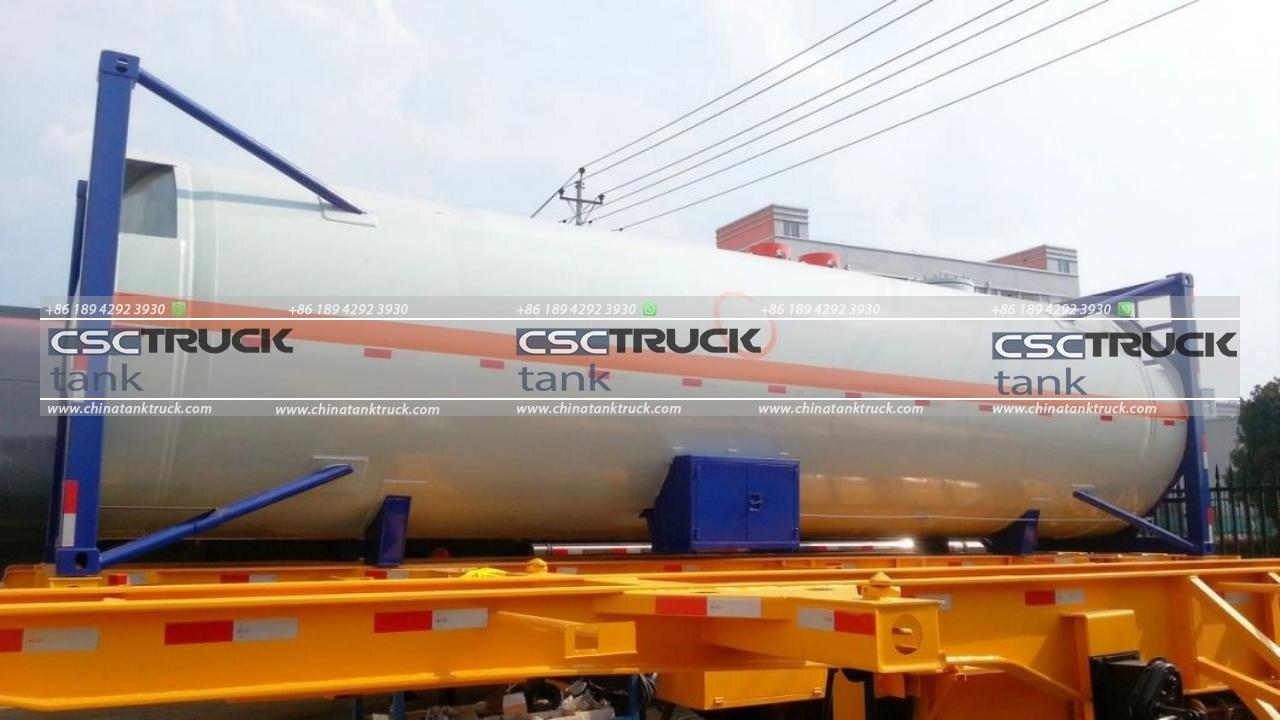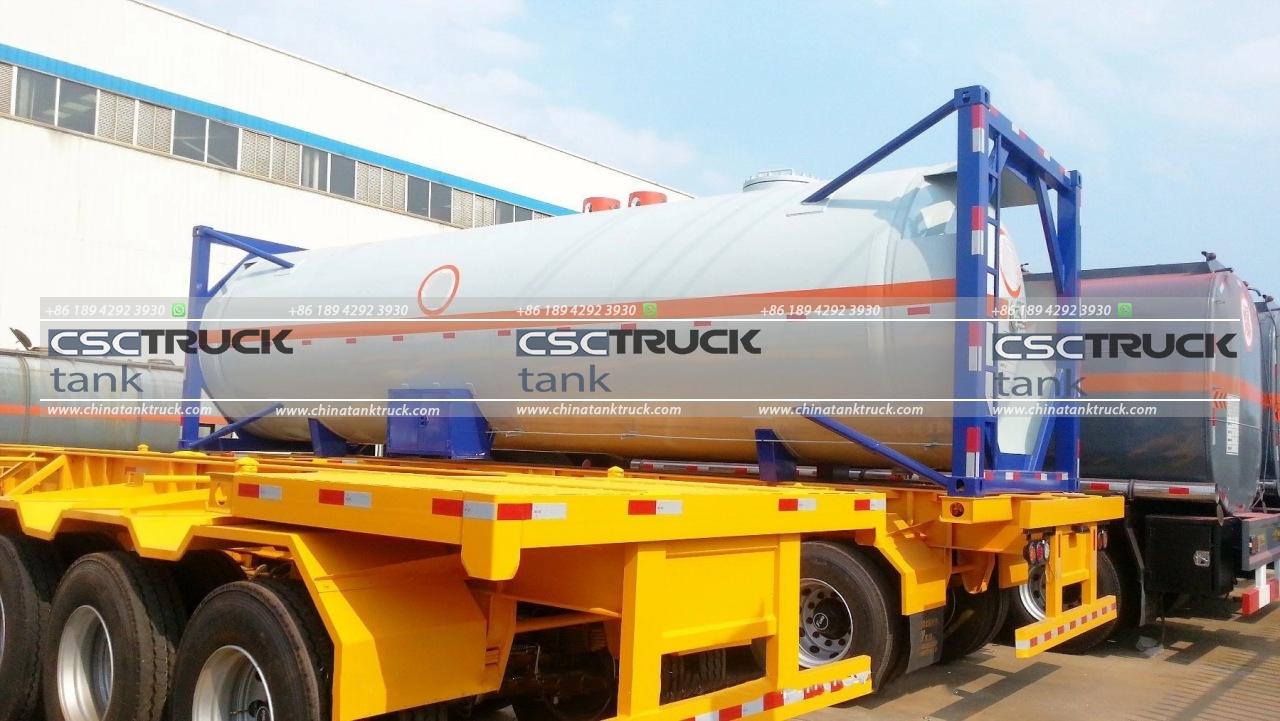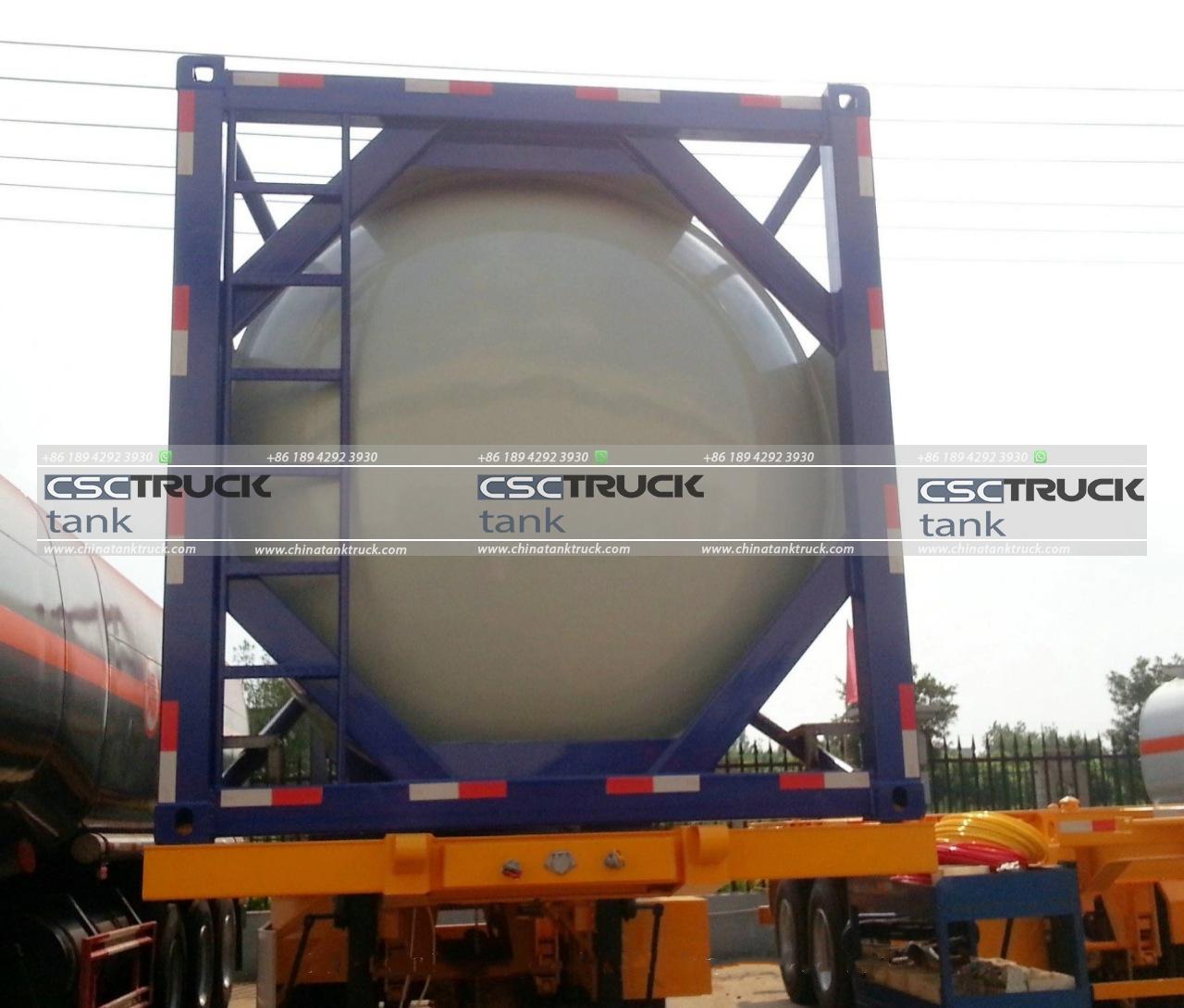How Does an ISO Tank Work?
Introduction
ISO tanks are an integral part of global logistics, facilitating the transportation of bulk liquids, gases, and powders across the world. They are designed to meet the International Organization for Standardization (ISO) specifications, ensuring a standardized structure that allows them to be efficiently handled and transported by road, rail, and sea. But how exactly do ISO tanks work, and why are they so important in the modern supply chain? This article delves into the structure, operation, and key features of ISO tanks, as well as their various applications.
What is an ISO Tank?
An ISO tank is a cylindrical container made of stainless steel, mounted inside a rectangular steel frame. The frame conforms to ISO standards, which stipulate specific dimensions and structural integrity so that the tank can be handled by cranes, hoisted onto trucks, or loaded into ships like any other shipping container. These tanks are designed to carry bulk liquids, including hazardous materials, food products, and chemicals, and are highly versatile due to their robust structure.

Structure of an ISO Tank
The construction of an ISO tank involves several essential components:
1. Tank Shell: The core of the ISO tank is the cylindrical shell, usually made of high-grade stainless steel. The stainless steel construction ensures resistance to corrosion from chemicals and food-grade liquids. The shell is insulated with a layer of material to protect the contents from extreme temperature changes.
2. Frame: Surrounding the cylindrical tank is a rectangular steel frame. The frame adheres to ISO standard dimensions, ensuring the tank can fit into standard transport systems, such as trucks, trains, and cargo ships. The frame also provides structural integrity, ensuring that the tank remains protected during transportation.
3. Valves and Ports: ISO tanks have multiple access points, usually located at the top and bottom of the container. These ports include filling, discharge, and safety valves that control the flow of the contents. The valves are designed to prevent leaks and maintain pressure, which is critical when transporting gases or volatile liquids.
4. Insulation and Heating Systems: For certain cargoes, temperature control is crucial. Some ISO tanks are equipped with insulation to maintain the temperature of the cargo during transport. For cargo that needs to be kept warm, tanks may be fitted with steam heating systems or electrical heating pads. The insulation and heating systems ensure that temperature-sensitive cargo, such as food products or chemicals, are transported under optimal conditions.
5. Pressure Relief Systems: ISO tanks are often equipped with pressure relief systems to prevent dangerous buildups of pressure, particularly when transporting gases or volatile liquids. The pressure relief valves are designed to vent excess pressure safely, preventing accidents such as explosions or leaks.
6. Manhole: A manhole at the top of the tank provides an access point for cleaning or inspection. The manhole is typically fitted with a secure cover that ensures no leakage or contamination can occur during transit.
How Does an ISO Tank Work?
The operation of an ISO tank is based on the principles of safe containment, efficient transportation, and easy handling. Here’s how it works:
1. Filling the Tank: Before filling, the tank is inspected to ensure it’s clean and suitable for the cargo it will carry. Once cleared, the tank is filled through the top or bottom loading ports, depending on the cargo and operational preference. The filling process is closely monitored to ensure that the tank is not overfilled, especially when transporting gases, as overfilling can lead to dangerous pressure levels.
2. Transport: ISO tanks are designed for multimodal transportation. After being filled, the tank can be lifted and loaded onto a truck, train, or ship using standard container handling equipment. The tank’s ISO-compliant frame ensures that it fits securely into the transport infrastructure, whether it’s being hoisted onto a ship or loaded onto a flatbed truck. The tanks are secured using locking mechanisms, such as twist locks, to prevent movement during transit.
3. Maintaining Pressure and Temperature: During transport, ISO tanks are equipped to maintain the pressure and temperature of the cargo. If the tank is carrying a gas or pressurized liquid, the valves ensure that the internal pressure is regulated. For temperature-sensitive cargo, the insulation helps to minimize temperature fluctuations, and if necessary, the heating system keeps the contents at a stable temperature.
4. Safety Mechanisms: ISO tanks are equipped with multiple safety features to prevent accidents during transport. Pressure relief valves ensure that if the pressure within the tank rises beyond a safe level, it is automatically vented to avoid explosions or ruptures. Additionally, the stainless steel construction and secure fittings reduce the likelihood of leaks, making ISO tanks suitable for transporting hazardous materials.
5. Unloading: Upon arrival at the destination, the ISO tank is unloaded using the same equipment used to load it, and the cargo is discharged. This process can either be gravity-fed, where the liquid flows out of the bottom of the tank, or it may involve pumping, especially if the cargo is pressurized or viscous. After the tank is emptied, it is cleaned and prepared for its next use.

Types of ISO Tanks
There are different types of ISO tanks, each designed for specific applications:
1. Standard ISO Tanks: These are the most common type of ISO tanks and are used to transport non-hazardous liquids. They are made of stainless steel and can carry a wide range of liquids, from water to chemicals.
2. Food-Grade ISO Tanks: These tanks are used to transport food products, such as wine, milk, and other edible liquids. The interior of these tanks is treated to prevent contamination, and they are often equipped with advanced insulation systems to keep the cargo at a consistent temperature.
3. Chemical ISO Tanks: These tanks are used for transporting hazardous chemicals. They are specially designed to resist corrosion and are fitted with advanced pressure and temperature control systems.
4. Gas ISO Tanks: These tanks are designed to transport compressed gases. They are built to withstand high pressure and are equipped with safety valves to prevent dangerous buildups of gas pressure.
Advantages of ISO Tanks
1. Efficiency: ISO tanks can be transported using multiple modes of transportation (truck, train, ship), making them highly versatile.
2. Safety: The robust construction and multiple safety features make ISO tanks one of the safest methods for transporting hazardous liquids and gases.
3. Cost-Effective: Due to their ability to be reused multiple times, ISO tanks are a cost-effective solution for bulk liquid transportation. They also reduce the need for additional packaging, lowering costs further.
4. Environmentally Friendly: ISO tanks are reusable, which reduces waste and the need for single-use containers. The durable materials used in construction also make them more sustainable in the long term.

Conclusion
ISO tanks play a vital role in the global supply chain, enabling the safe and efficient transport of bulk liquids, gases, and even powders. Their standardized design, combined with robust safety features and versatility, makes them indispensable in industries ranging from food and beverage to chemicals and pharmaceuticals. By adhering to international standards, ISO tanks ensure that cargo is transported safely, efficiently, and sustainably across the world.

